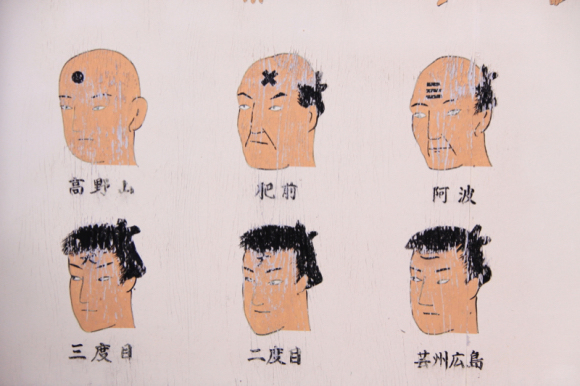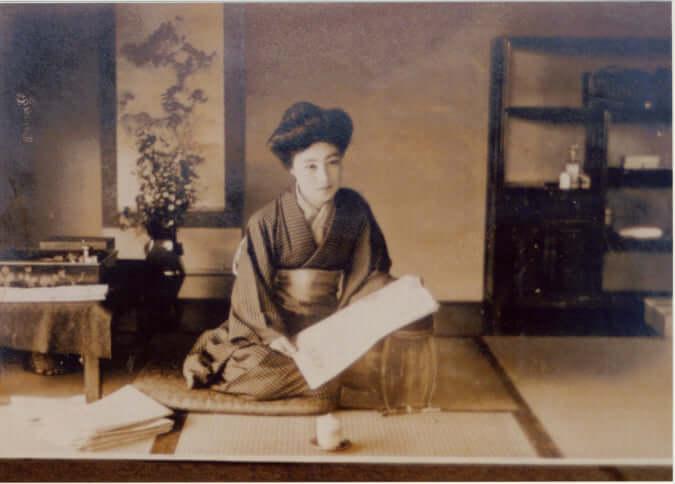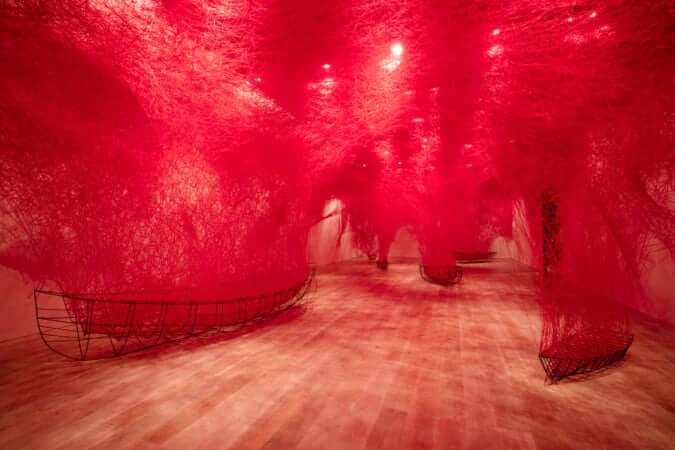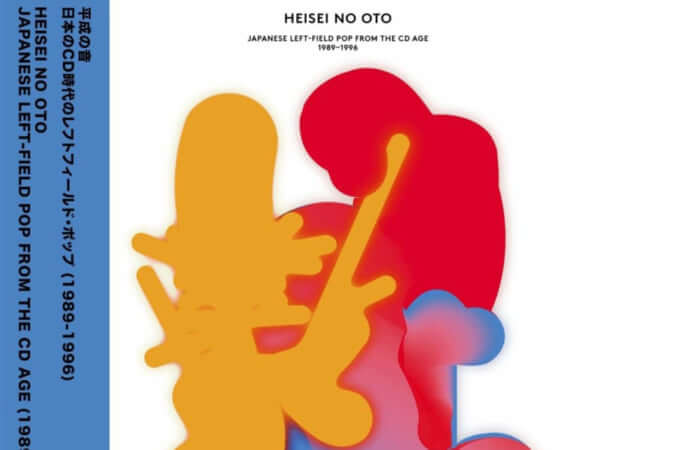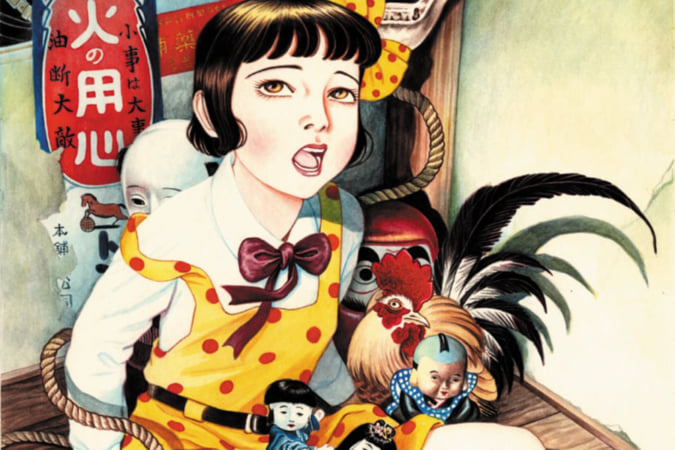Maboroshi, the Fragrance of Tea
In collaboration with designer Osamu Saruyama, the brand has developed a burner than diffuses a gentle scent of grilled tea in indoor spaces.
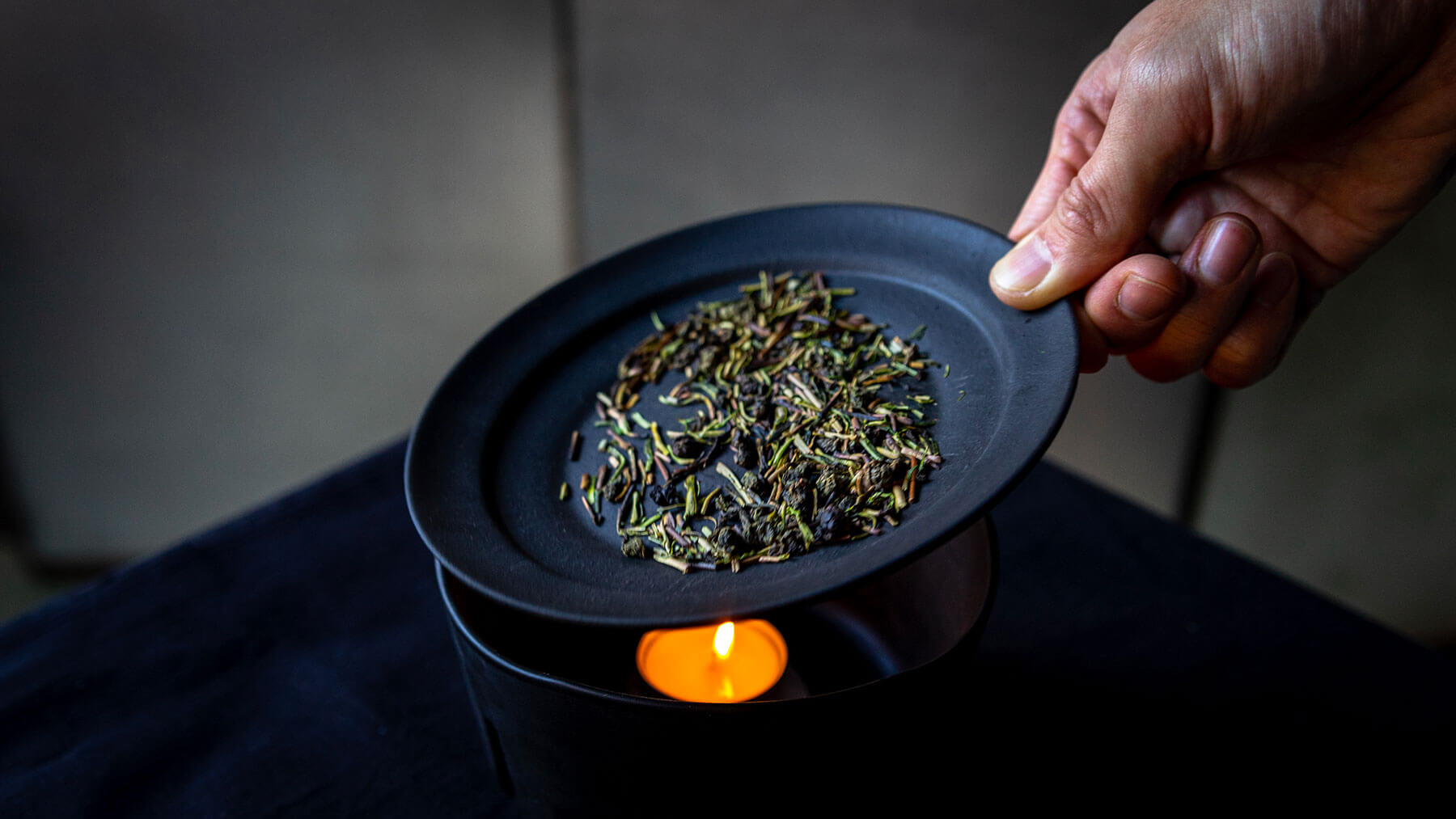
© Maboroshi
As is often the case, when it comes to scents, the creative impulse begins in childhood. Hirotoshi Maruwaka, founder of Maboroshi, looked back into his memories to end up in a tea salon.
‘I have a childhood memory of a tea salon where I would often go, and I really liked the smell of their grilled tea that I could smell all around the space. As a an adult, I thought about how it could be possible to experience that same sensation in everyday life’, he explains in interview with Pen. He turned to diffusers, but found no object that he deemed worthy in terms of design and functionality.
Porcelain and ceramics for optimal diffusion
He had the idea to reach out to designer Osamu Saruyama to co-create a tea burner. Thus, Kouro was born, with the lower part made from porcelain, and the upper part, where the tea leaves are placed, made from ceramic. ‘Manufactured by Maruhiro, a ceramicist from the Saga region in southern Japan, this combination of the two materials is the best for optimal diffusion’, Hirotoshi Maruwaka explains.
Making it work couldn’t be simpler: just place a small candle in the receptacle and a handful of tea leaves on the plate, then leave it to heat gently until the scent diffuses around the room. Maboroshi use fragrances of green tea, black tea, oolong tea and igusa (herbaceous plants used to make tatami), all kinds of different teas can be used with the burner.
While the products are already sold in Japan, Kouro will be launched in France in spring 2022.
More informations about Maboroshi can be found on the brand’s website.
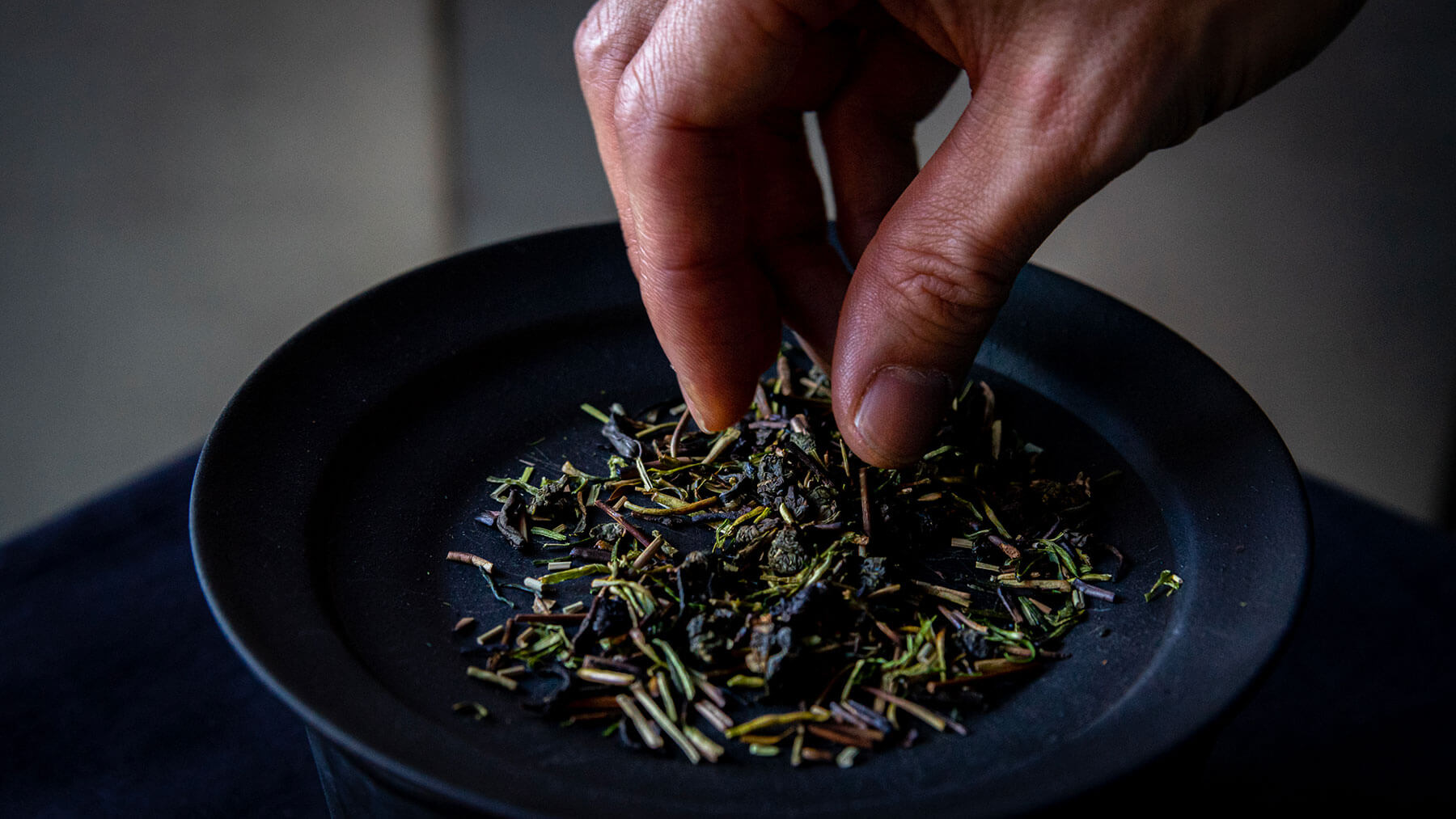
© Maboroshi
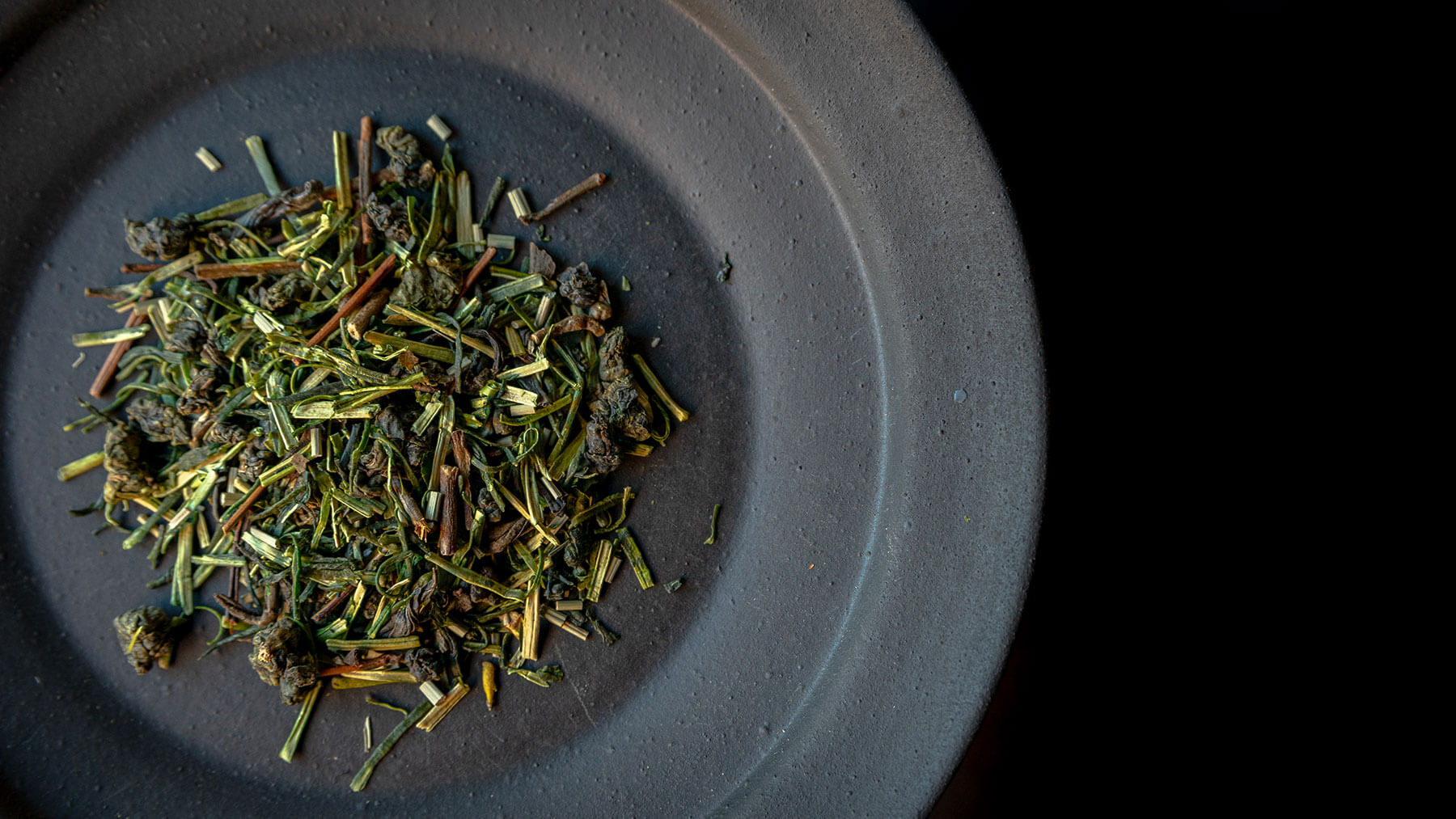
© Maboroshi
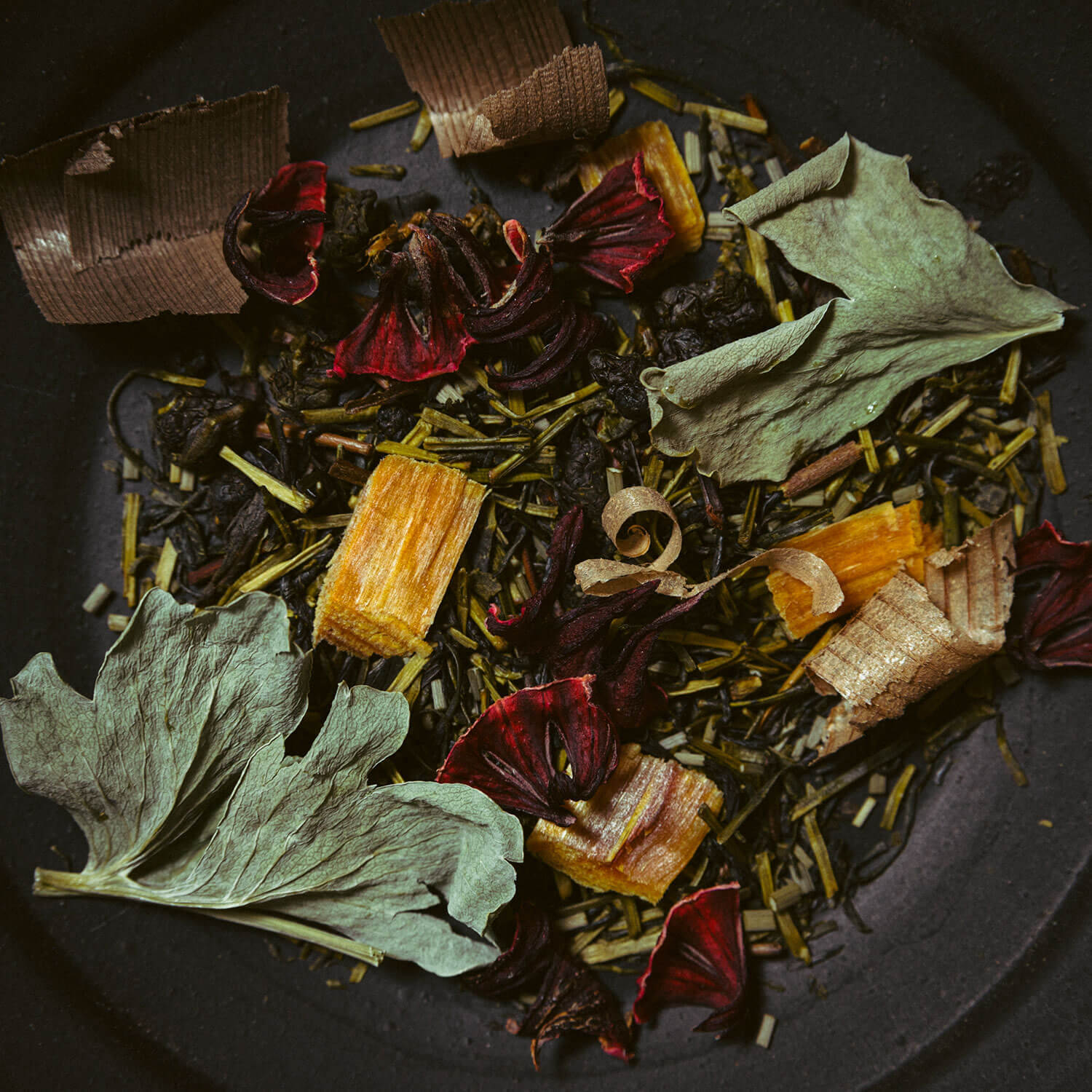
© Maboroshi
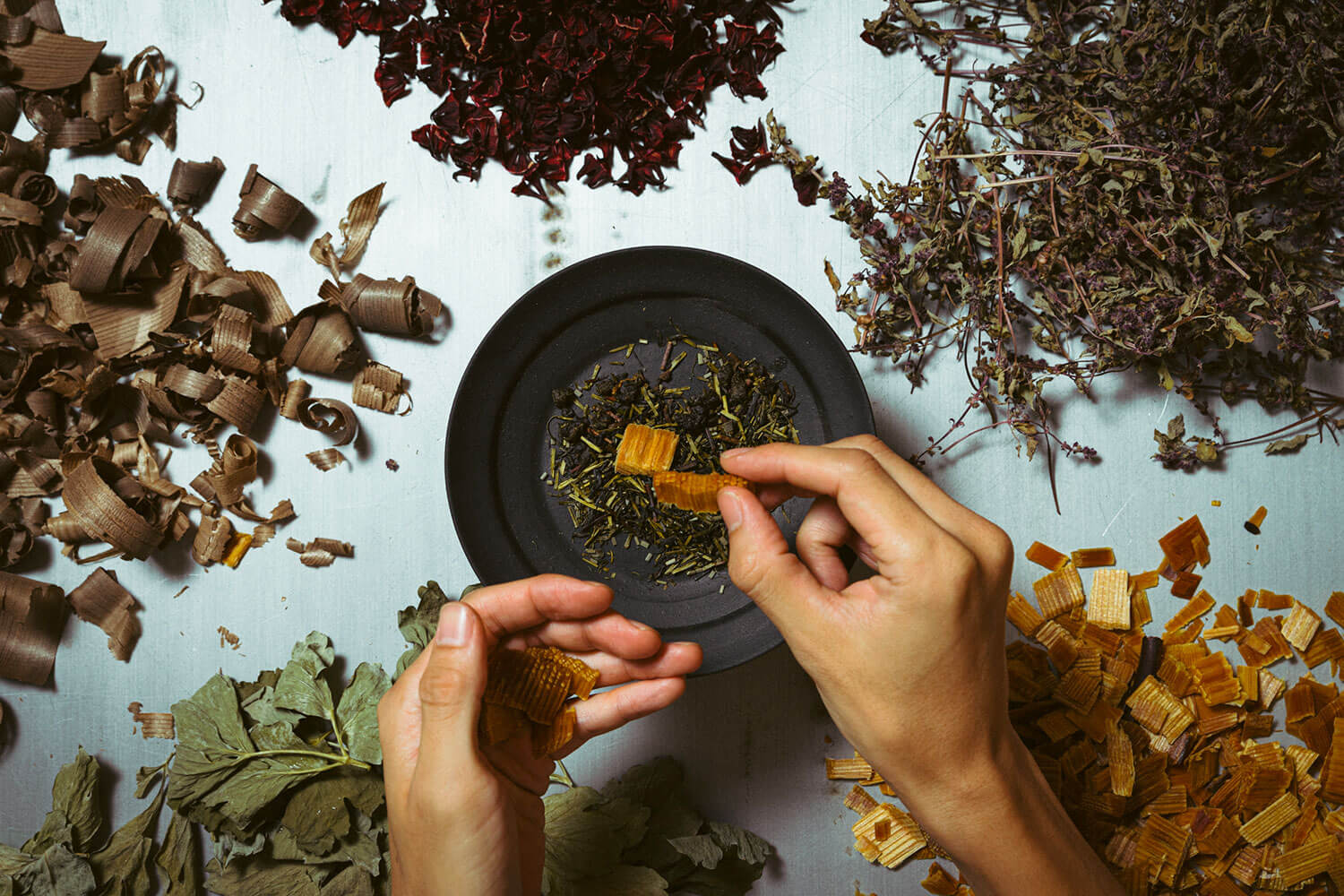
© Maboroshi
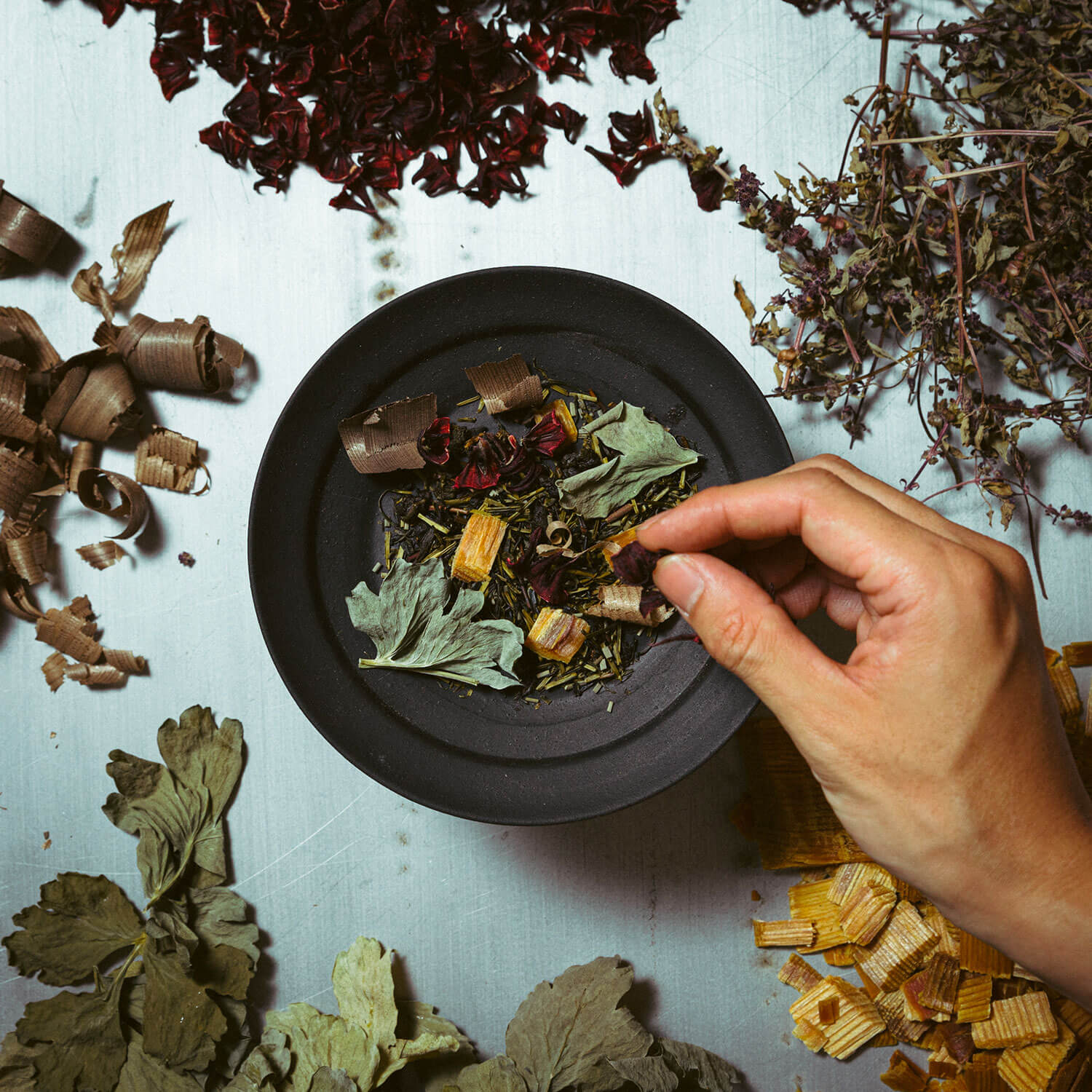
© Maboroshi
TRENDING
-
The Tattoos that Marked the Criminals of the Edo Period
Traditional tattoos were strong signifiers; murderers had head tattoos, while theft might result in an arm tattoo.

-
The Story of Sada Yacco, the Geisha who Bewitched Europe
Described by Dazed magazine as the first beauty influencer, she has been restored to her former glory since 2019.

-
Chiharu Shiota, Red Threads of the Soul
Last year, more than 660,000 people visited the retrospective 'Chiharu Shiota: The Soul Trembles' exhibit at the Mori Art Museum.

-
Japanese Left-field Pop From The CD Age, 1989-1996
‘Heisei No Oto’, a compilation of hidden gems in the unspoken depths of Japanese pop, reveal blissful moment of technological possibility.

-
‘Shojo Tsubaki’, A Freakshow
Underground manga artist Suehiro Maruo’s infamous masterpiece canonised a historical fascination towards the erotic-grotesque genre.

